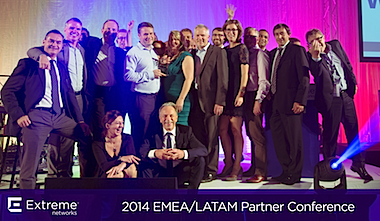NelsonHall's quarterly IT outsourcing (ITO) Index webcast found IT services spending in Q3 2014 was up 1.5%, driven by spending in professional services (+3%).
According to Dominique Raviart Director ITO Research, Q3 2014 was a landmark quarter for ITO.
"This is the first time since Q4 2012 that spending is not negative. Quarter after quarter, corporate clients are back into investment mode, awarding slightly higher scope ITO contracts as well as increasing somewhat their discretionary spending embedded into long-term contracts," said Raviart.
ITO bookings were down 20% both in Q3 and during the Q1-Q3 2014 period. Decline was driven by North America (-10% in Q1, -30% in Q1-Q3 2014).
Europe also declined significantly (-30% in Q3) but less so during the first 3 quarters of 2014 (-10%). During Q1-Q3 2014, the commercial sector was down 10% while the public sector was up 20% on low levels.
An important KPI is the level of new scope contracts (as opposed to existing scope contracts) and was an estimated 40% for the Q1-Q3 2014 period. This level is at the higher end of the traditional range and is good news. Europe is slightly higher than North America on this KPI.
Looking ahead to full-year 2014, NelsonHall forecasts short-term growth in worldwide IT services spending of 2%, with flat growth for ITO.
Looking to 2015, the outlook for IT services remains mixed, with the improving economic conditions driving some spending. However offshoring will continue to further drive prices down, resulting in lower spending.
NelsonHall's forecast for IT services spending in 2015 is +3%. ITO spending is to remain flat in 2015, largely because of the low level of ITO bookings in late 2013 and during full-year 2014, it says.

 Nimans' Manchester HQ resembled a house of horrors with staff roaming the corridors dressed up for Halloween.
Nimans' Manchester HQ resembled a house of horrors with staff roaming the corridors dressed up for Halloween. Westcon Group has been awarded the EMEA Top Distributor of the Year award by Extreme Networks for outstanding revenue growth and recruitment of new partners across EMEA.
Westcon Group has been awarded the EMEA Top Distributor of the Year award by Extreme Networks for outstanding revenue growth and recruitment of new partners across EMEA.